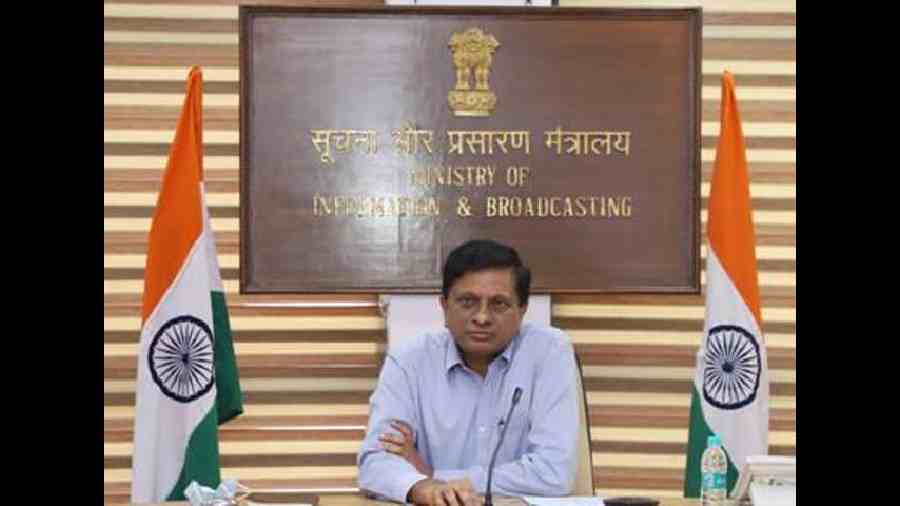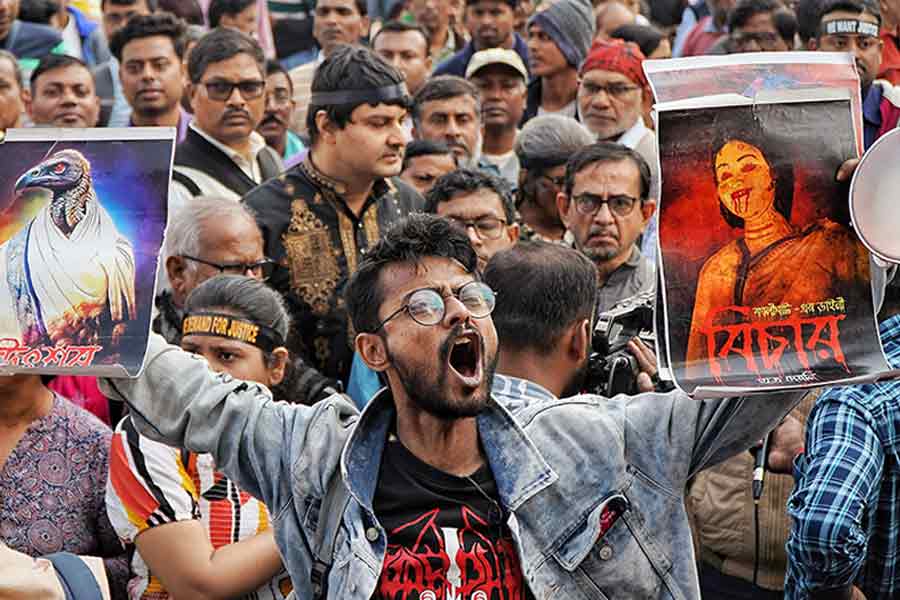The government on Friday said it will deregulate uplinking of satellite television channels within a month in a bid to make India an uplinking hub.
Addressing the India Space Congress here, Information and Broadcasting Secretary Apurva Chandra said of the 898 television channels broadcast in the country, 532 use foreign satellites for uplinking and downlinking of their services.
"We want to deregulate uplinking to satellites under the guidelines so that India can become a hub," Chandra said.
He said the uplinking and downlinking guidelines were last issued in 2011 and the process to revise them was underway.
"The guidelines will be revised soon, may be within a month," Chandra told reporters later.
He said neighbouring countries such as Nepal, Sri Lanka, Bhutan can also use India as a hub for uplinking their television channels.
Chandra said the government had approved USD 102 million (one million = 10 lakh) in remittances to foreign satellite operators over the last two years for providing uplinking and downlinking services to television channels.
"USD 102 million has been paid as remittance to foreign satellite companies. If we are to have more Indian satellites, the foreign remittance will be far less and will provide a great opportunity to Indian satellite companies," he said.
Currently, several satellite television channels use Singapore as the hub for broadcasting their channels and the deregulation of uplinking could help India emerge as a hub.
Chandra also said that state broadcaster Prasar Bharati and IIT Kanpur were developing a direct-to-mobile broadcasting platform with the aim of increasing TV content consumption over mobile.
"Mobile users can see channels directly. This will ensure effective consumption of spectrum and would also be cost-effective for broadcasters, he said, adding that direct-to-mobile broadcasting may be a reality within the next two-three years.
Chandra noted that the television viewership was static at 200 million for the last few years, while mobile use was on the rise.
The Information and Broadcasting secretary said low earth orbit satellites will be critical to expand broadcasting either through broadband or data and cost effectiveness will be key to the success of satellite communication.
Health Secretary Rajesh Bhushan said greater penetration of satellite communication could help better use of the Integrated Health Information Platform (IHIP) unveiled by the health ministry by capturing data about patients in real time.
G Satish Reddy, scientific advisor to the Defence Minister Rajnath Singh, stressed on design, development and manufacturing of a wide range of space technologies within the country to make India self-reliant in the crucial sector.












